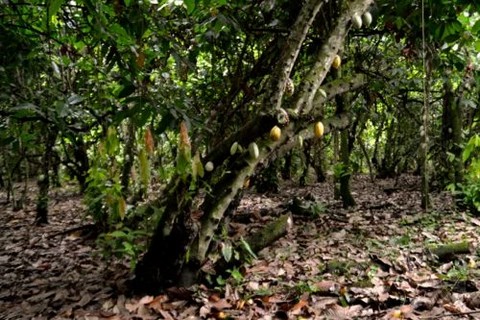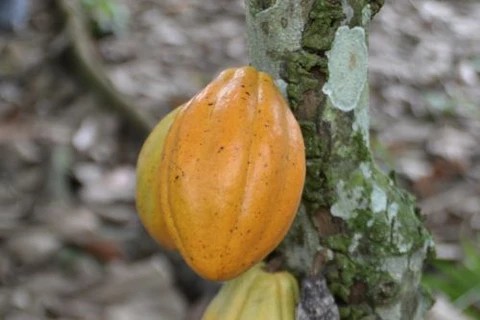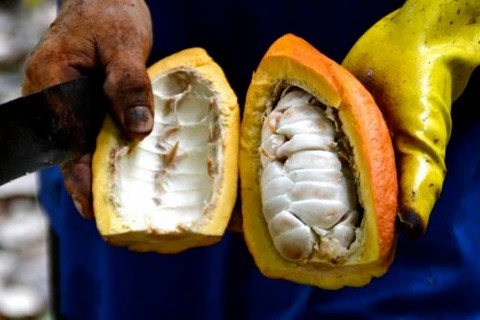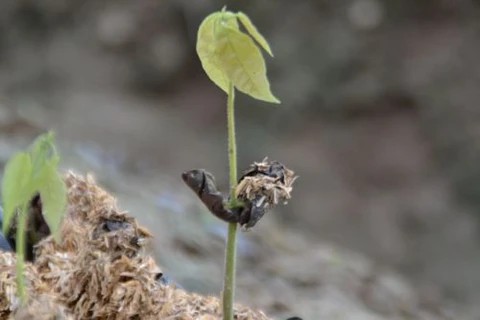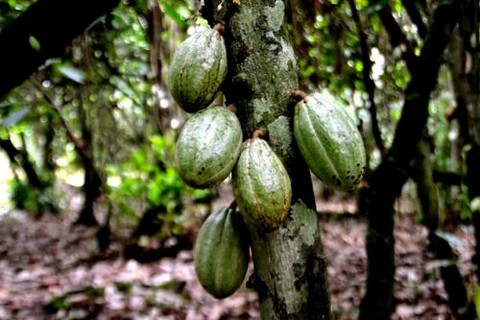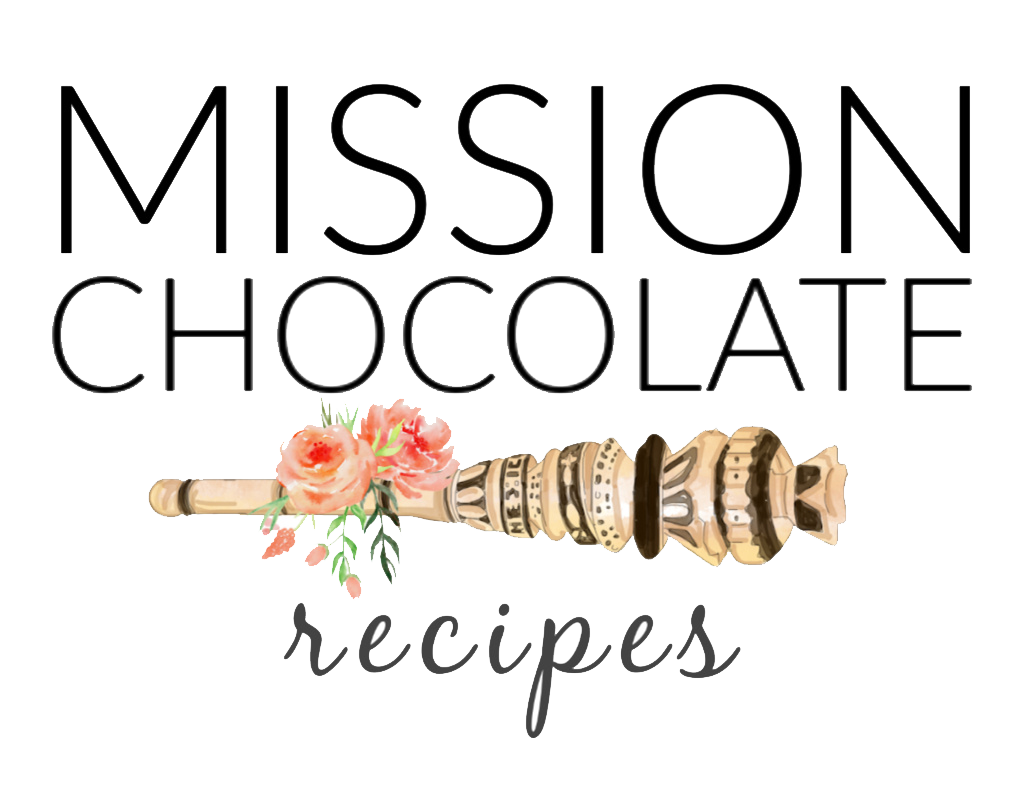Cacao in Ecuador – My visit to Camino Verde Cacao in Balao
Ecuador is the first stop in my South American tour of cacao. Tasting chocolate in San Francisco is always a pleasure but tasting that same chocolate bar on the farm that produced the cacao is magical. On this trip were three American chocolate makers that are making chocolate bars with Ecuadorian beans: Dandelion Chocolate, Videri Chocolate and Cello Chocolates. We settled in the city of Guayaquil and drove daily 2 hours to the cacao growing region of Balao.
Most cacao farms grow wildly and unorganized; they are also owned and managed by single families. This farm is managed like a business, under the name Camino Verde. The trees are planted carefully in straight rows and people are hired to work the different plots of cacao land.
When you talk about cacao in Ecuador there are three names that come up: Nacional, Arriba and CCN-51. Most of the cacao in Ecuador is Forastero variety Nacional (pic below). Arriba cacao is traditionally a cacao that is grown up the Guayas River (one place being Manabi) that has been known to produce highly aromatic cacao. Arriba is a word to describe an aromatic cacao in that specific region. CCN-51 is a hybrid of Nacional and Trinitario beans. Everyone has an opinion about cacao in Ecuador; some argue pure Nacional no longer exists in Ecuador, some say CCN-51 is evil (although I tasted a great cacao liquor made from these beans). There are many forums online that discuss these issues at length if you want to learn more.
We spent most of our time at Camino Verde but had a visit to Transmar which is the company that ships the cacao around the world. Transmar also collects and sells it’s own cacao and chocolate products. All of the caca comes to Transmar dried; some is humid and Transmar takes care of drying it. There are different ways the cacao comes into Transmar. Some is brought straight from the farmer and some is collected by brokers who go around several regions buying cacao from the farmers then resell to Transmar. Most cacao growers lack methods to carry the cacao therefore this is their only option. They don’t have cars, animals or access to public transport.
At Transmar we had a tasting of cacao liquors from different regions of Ecuador: Manabi, Vinces, Esmeraldas and Buena Fe. These are considered some of the best producing regions in the world. Some were nutty, fruity, yeasty … moldy, over fermented, over roasted. In order to become a great cacao taster you should always taste the good and the not so good. Here is the best write up on tasting cacao. Before Dandelion Chocolate came out with their Camino Verde (Ecuador) bar my favorite was their Mantuano Venezuela bar. I didn’t think anything could be better than Mantuano but the flavor profile of Camino Verde was was extremely satisfying: intense brownie in the beginning with a black cocoa finish. I know it seems crazy for me to make the comparison but the finish really reminded me of an oreo cookie. And the Videri 90% Ecuador is by far the best over 80% bar I have tasted. It didn’t seem like it was 90%. When I congratulated the chocolate maker for his bar he responded, “It’s what I do.” And he does it well.
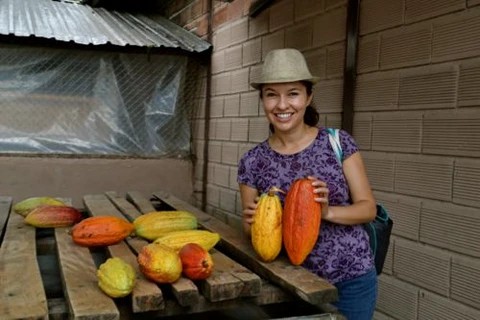
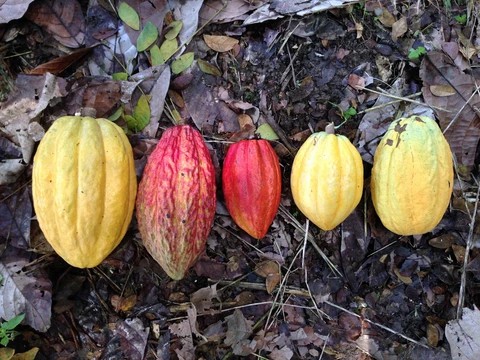
Below is my friend Sam from Videri Chocolate sharing some of his 90% Ecuador bar with the farmers.
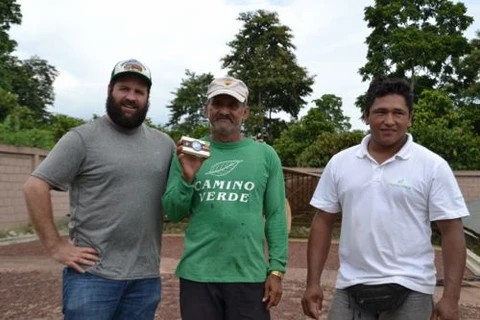
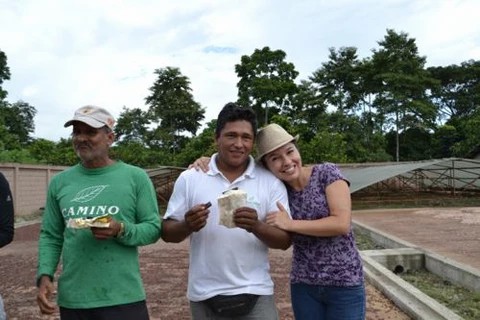
These next two pictures from Transmar, an exporter and shipping company of cacao and chocolate products.
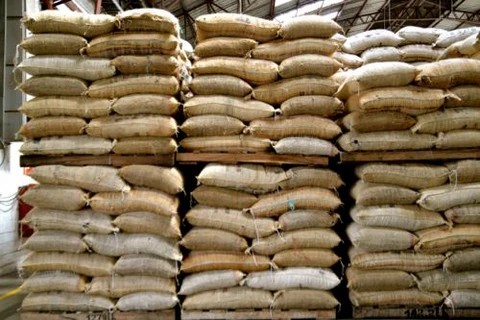
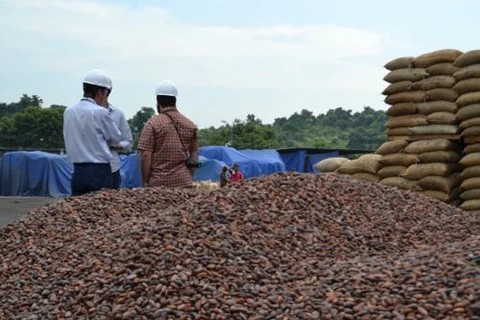
Although this looks like a cool bouquet of cacao pods and flowers this is a disease called “witches broom”. It is endemic in the Amazon areas and has spread to parts of Central America and Caribbean. As I was harvesting the cacao pods I tear these off the tree to prevent them from spreading to the entire tree.
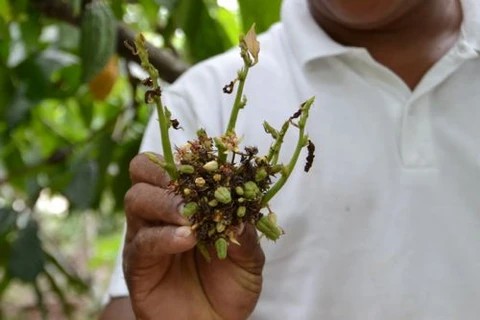
These next two photos are the famous CCN51 pods. As you can see they are a deep red/purple color. CCN51 is valued by farmers because it fruits at 3yrs, instead of 4-5 like most cacao, it has a higher resistant to disease and the pods are fairly big. Those that are against CCN51 argue that it makes a bad tasting chocolate and planting CCN51 in Ecuador is killing the opportunity for farmers to grow the aromatic cacao that Ecuador is famous for.
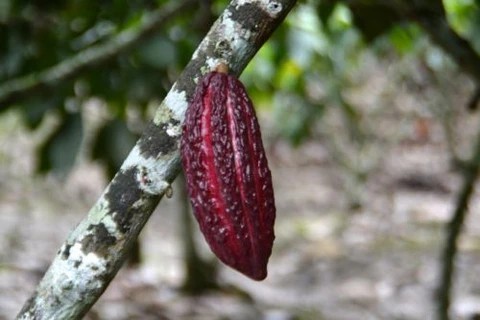
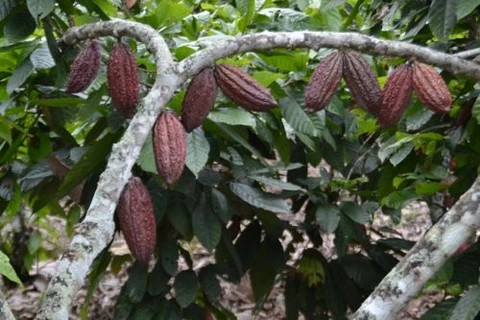
This is the oldest plantation I have seen, 72 years old. There were a lot of pods on the trees and the fruit was very tasty.
